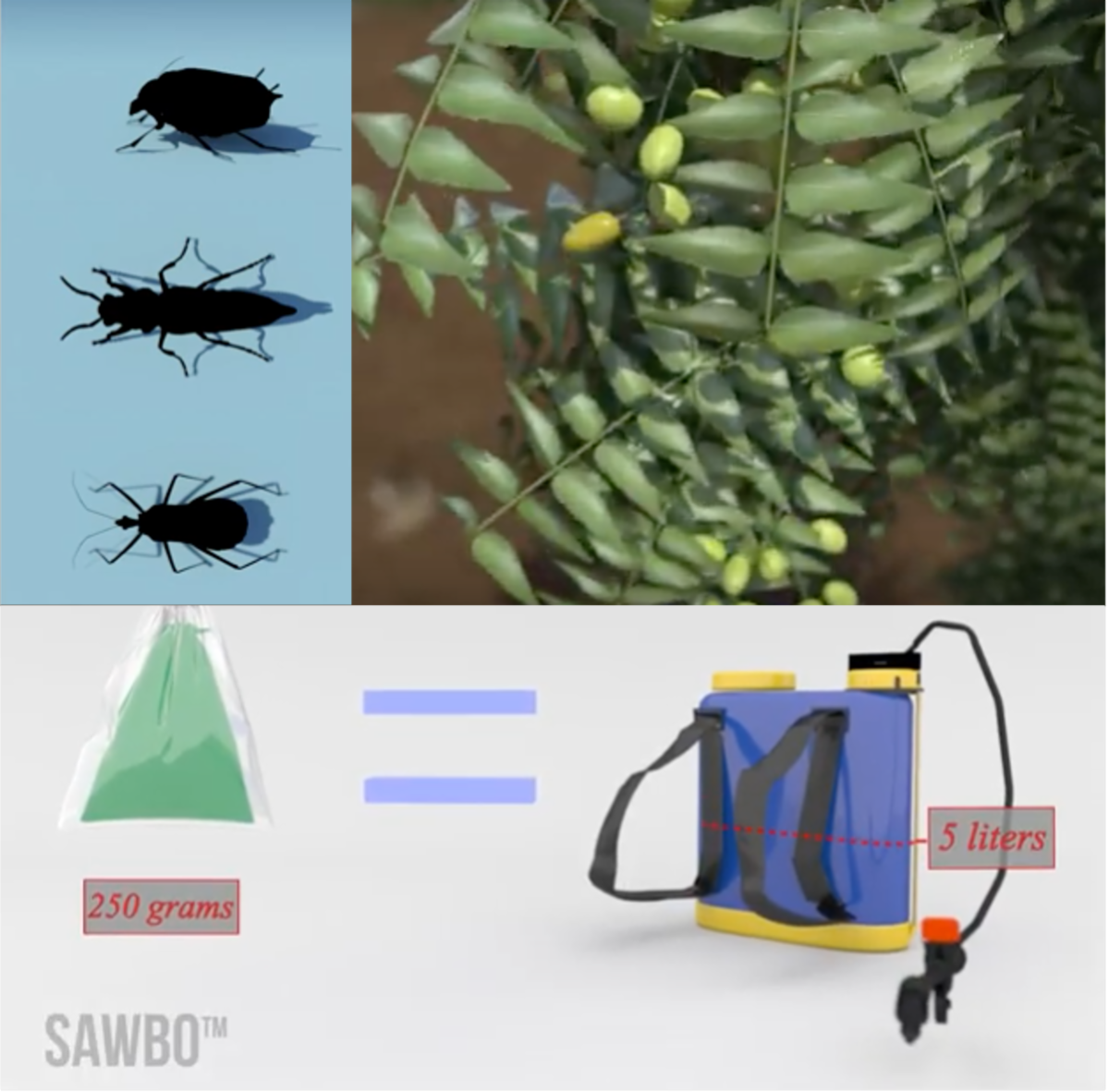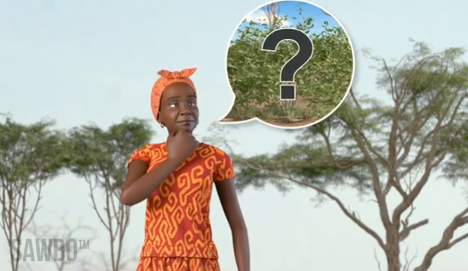Legume Lab Projects Develop SAWBO Animations to Promote Adoption of Innovative IPM and Cropping Processes
Article from the August 2022 Newsletter

Two Feed the Future Innovation Lab for Legume Systems Research projects have recently released educational intervention animations designed to increase adoption of innovation agricultural solutions.
Insect pests are a constant threat to farmers and greatly reduce crop yield. The animation, "Neem Tea Bag" promotes the making, use and selling of a natural insecticide using neem tree seeds. The video teaches, step-by-step, how to harvest, process, package, and use neem tea bags as a natural pesticide on crop fields.
The Legume Lab project, "Science-Driven and Farmer-Oriented Insect Pest Management for Cowpea Agro-Ecosystems in West Africa" led by Manuel Tamo from the International Institute of tropical Agriculture (IITA) in Benin, developed the animation after having success teaching the process to women's groups in Niger. The neem tea bags provided the women not only access to insecticides, which they often cannot afford, but also created female-led community based production units which sold the tea bags to local farmers for profit. Through the deployment of the video the team hopes to expand the reach of the innovation to thousands more.
A second animation was developed by the Legume Lab project, "Optimized Shrub System: Improving Cowpea Yields and Strengthening Smallholder Resilience" led by Richard Dick from The Ohio State University. This research team has found that two West African indigenous shrubs, when left integrated into cropping fields have a dramatic increase in crop yields and aid in soil health. The animation, "Using Native Shrubs to Increase Soil Health and Crop Yield" demonstrates how native shrubs help to irrigate surrounding crop plants by drawing water up towards the soil surface through their deep root systems. Soil health is also increased when farmers integrate cut shrubs stems and leaves back into the soil. Traditionally farmers have viewed these shrubs as a nuisance, often cutting them out of their fields and burning them.
Both animations were created by Scientific Animations Without Borders (SAWBO) which is a University-based program currently housed at Purdue University. SAWBO transforms extension information on relevant topics such as agriculture, disease, and women's empowerment, into 2D, 2.5D and 3D animations, which are then voice overlaid into a diversity of languages from around the world to provide educational equality across diverse populations, literacy levels, and geographic divide.




 Print
Print Email
Email


